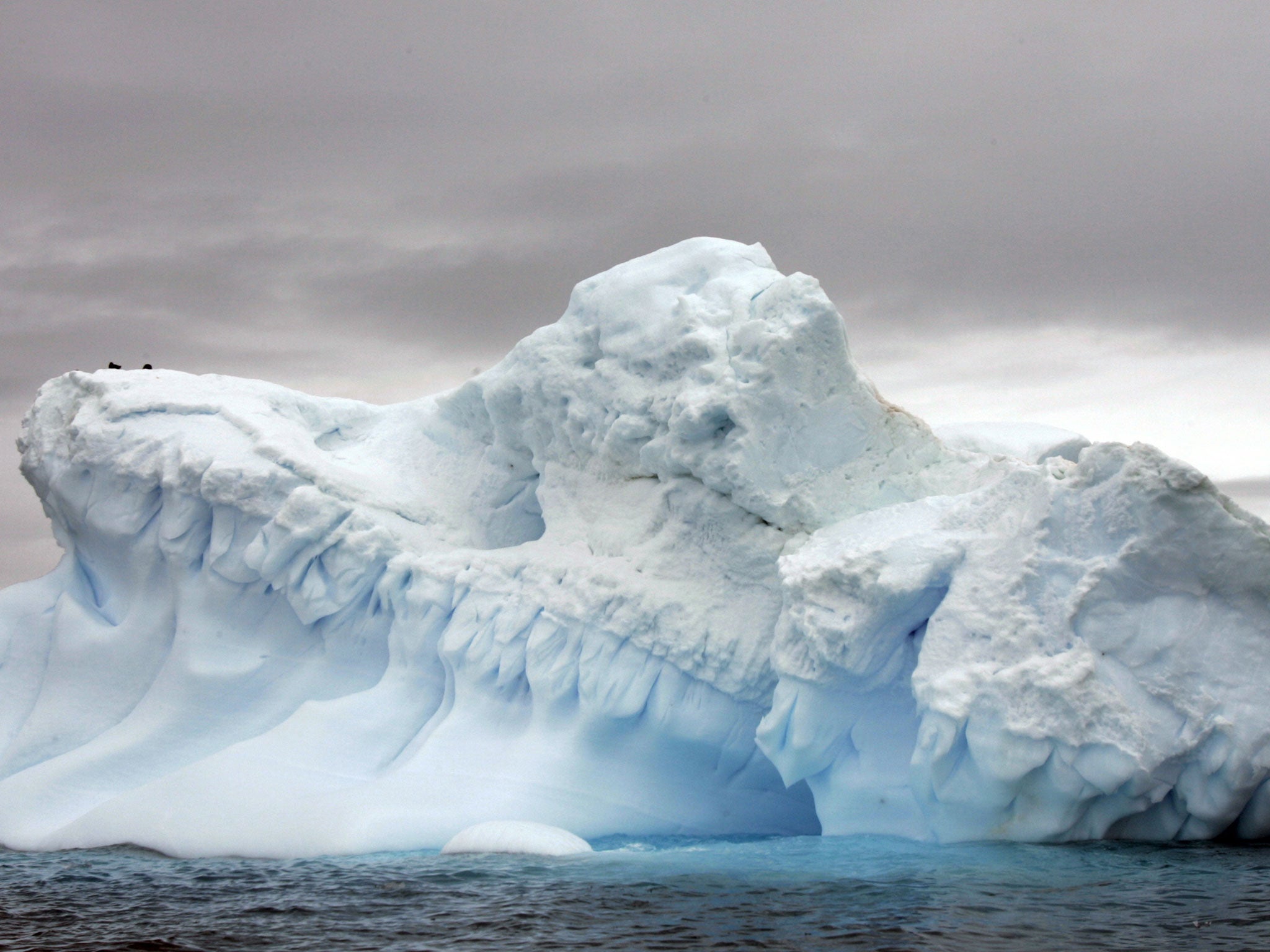Glaciers in part of Antarctic thought to be stable suddenly melting at a massive rate, say scientists
Many glaciers in the Southern Antarctic Peninsula have become unstable since 2009, releasing vast amounts of ice into the sea

A sudden and massive melting of glaciers in a part of the Antarctic that was thought to be relatively stable has been detected by satellites monitoring the polar ice sheet, scientists have said.
Many glaciers in the Southern Antarctic Peninsula have become unstable since 2009, releasing vast amounts of ice into the sea equivalent to about 56bn tonnes of meltwater each year, the researchers said.
Multiple glaciers along a stretch of coastline 750km long have suddenly and consistently started to shed ice into the ocean at a constant rate of 60 cubic km or 55 trillion litres of water each year, they report in the journal Science.
This would make this region of Antarctica, which until 2009 showed no signs of melting, the second largest contributor of sea level rise in Antarctica, with no indication of it waning, they said.
“To date, the glaciers added roughly 300 cubic km of water to the ocean. That's the equivalent of the volume of nearly 350,000 Empire State Buildings combined,” said Bert Wouters of the University of Bristol, the lead author of the study.
“The fact that so many glaciers in such a large region suddenly started to lose ice came as a surprise to us. It shows a very fast response of the ice sheet. In just a few years the dynamic regime completely shifted,” Dr Wouters said.
The scientists used two satellites to make their calculations of the rate of ice loss. The first, called CryoSat-2, measures the height of the ice surface very accurately from space to determine how fast it is disappearing. From an altitude of about 700km, the satellite sends a radar pulse to Earth, which is reflected by the ice back to the satellite and the time this takes can be used to estimate the elevation of the ice surface.
After collating five years of the data, the researchers found that the ice surface of some of the glaciers is currently going down by as much as 4 metres each year, indicating a rapid overall loss of ice.
The second satellite, called the Gravity Recovery and Climate Experiment (Grace), measures gravitational changes resulting from changes to the mass of ice. This satellite was used as a cross-check against the first.
The scientists believe that warmer ocean currents are the cause of the melting ice. Westerly winds in the region have increased in strength as a result of global warming and ozone depletion, which has contributed to the ice shelves on the coast to be eaten away, they said.
The ice shelves of Antarctica, where land ice sticks out over the sea, are seen as crucial to holding back the massive land-based ice sheets behind them. The loss of ice shelves is thought to increase the risk of massive parts of the Antarctic ice sheet slipping towards the ocean, where they can contribute to global sea-level rise.
“It appears that sometime around 2009, the ice-shelf thinning and the subsurface melting of the glaciers passed a critical threshold which triggered the sudden ice loss,” Dr Wouters said.
“However, compared to other regions in Antarctica, the Southern Peninsula is rather understudied, exactly because it did not show any changes in the past, ironically,” he said.
“To pinpoint the cause of the changes, more data need to be collected. A detailed knowledge of the geometry of the local ice shelves, the ocean floor topography, ice sheet thickness and glacier flow speeds are crucial to tell how much longer the thinning will continue,” he added.
Join our commenting forum
Join thought-provoking conversations, follow other Independent readers and see their replies
Comments